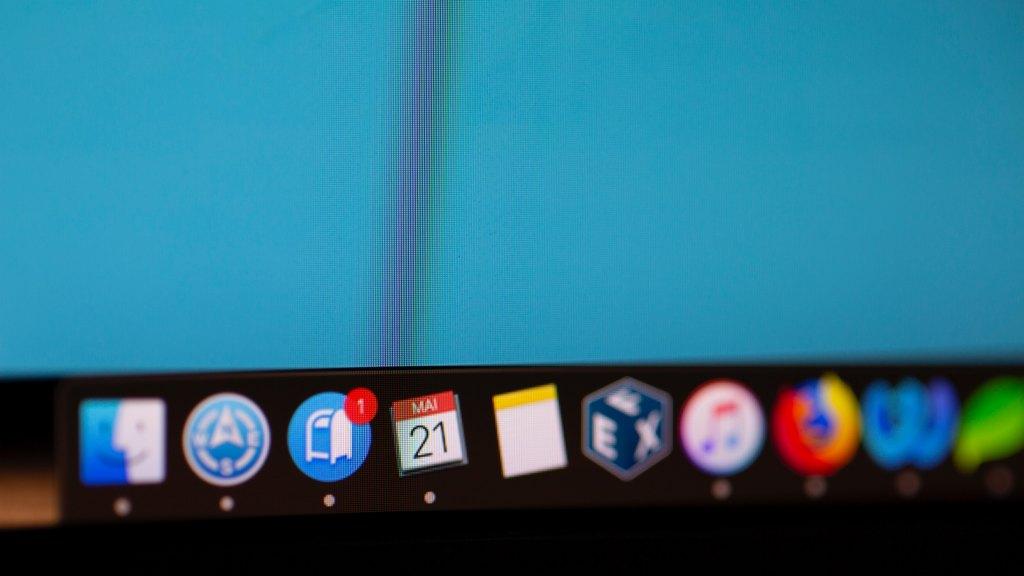 As we know, one of the significant advantages of Linux distributions is the extensive user interface customization options. If desired, you can transform your desktop environment into almost anything in terms of buttons, windows, frames, spacing, and more. Interestingly, a significant part of these settings is aimed at simulating the macOS interface. But why are Linux users doing this?
As we know, one of the significant advantages of Linux distributions is the extensive user interface customization options. If desired, you can transform your desktop environment into almost anything in terms of buttons, windows, frames, spacing, and more. Interestingly, a significant part of these settings is aimed at simulating the macOS interface. But why are Linux users doing this?
Reason 1: Limited Budget for Apple Devices
Apple products often come with a premium price tag, making them financially out of reach for many users. In such cases, individuals may attempt to create an interface on their Linux system that closely resembles macOS. For some, it’s a visualization of their aspirations, getting them one step closer to owning a real MacBook.

Reason 2: Aesthetic Appeal
Some Linux users are simply captivated by the design crafted by Apple’s macOS. They derive aesthetic pleasure from the Apple interface and strive to surround themselves with an environment that closely resembles it.
Reason 3: Appreciating the Design but Not the Functionality
Surprisingly, not everyone who has the means to purchase Apple devices chooses to do so. Some individuals, even after owning Apple products, might become disenchanted and switch to Linux while trying to recreate the aspects of macOS that initially attracted them. Often, it’s not the design alone but also the user interface behavior, responsiveness, and user experience that users attempt to replicate.
Genuine Confusion

However, I must admit that I cannot entirely comprehend the motivation behind turning Linux into a macOS clone. Transforming the look and feel of your Linux system to mimic macOS doesn’t fundamentally change the underlying fact that it’s still Linux. The laptop, in my case, will remain a Lenovo running Linux, and the screen won’t magically turn into a genuine macOS experience. It’s akin to consuming a substitute knowingly, with a clear understanding that it’s not the real thing. Or perhaps it’s just a matter of personal preference?
What Are Your Thoughts?
Why do Linux users endeavor to transform their distribution into a macOS lookalike? Maybe you belong to this group of Linux users who have already adopted the Apple-inspired design for their workspace? Or perhaps you experimented with this when you first began your Linux journey and later realized it wasn’t what you were looking for? What are your thoughts on this phenomenon?
